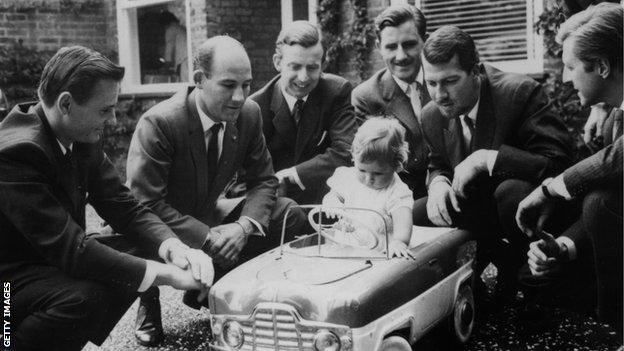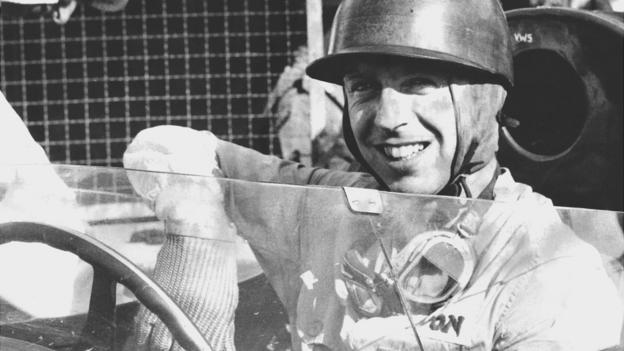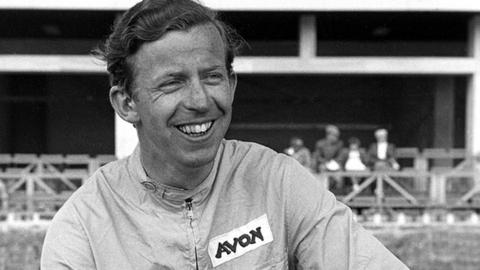
The formation of the Formula 1 World Championship in 1950 brought with it a production line of charismatic race winners who came to encapsulate an era of gruelling, dangerous and pioneering racing.
Juan Manuel Fangio, Alberto Ascari, Stirling Moss, Jack Brabham, Nino Farina, Mike Hawthorn and Jose Froilan Gonzalez – legendary names all – were among the series’ earliest race winners.
Now, sadly, just one of their elite band remains.
The death of Moss at the age of 90 last month means fellow Briton Tony Brooks is the last surviving F1 race winner from the sport’s tumultuous first decade.
While Brooks, now 88, stands alongside Moss as one of the best British drivers never to win the title, his achievements in the sport have always comfortably been eclipsed by his compatriot.
Not that Brooks, who quit motorsport at the age of 29, would have lost too much sleep about that. The stats – not lost on him – stand testament to his skill.
Of the 75 Formula 1 grands prix (excluding the Indy 500) held in the 1950s, 49 of them – 65% – were won by just three men.
Five-time world champion Fangio won 24, two-time champion Ascari bagged 13, and Moss claimed 12 (four more would follow in the 1960s).
Fourth on the list with six wins? Tony Brooks.
Brooks’ tally of grand prix victories may not appear an impressive number by today’s standards – not since Michael Schumacher so emphatically rewrote the record books, and with 20-race seasons and bulletproof reliability now the norm – but in the 1950s it was a significant return indeed.
Between 1956 and 1959, Brooks won 46% of the races he finished. A similar return for a driver in the 21st century would deliver multiple world titles.
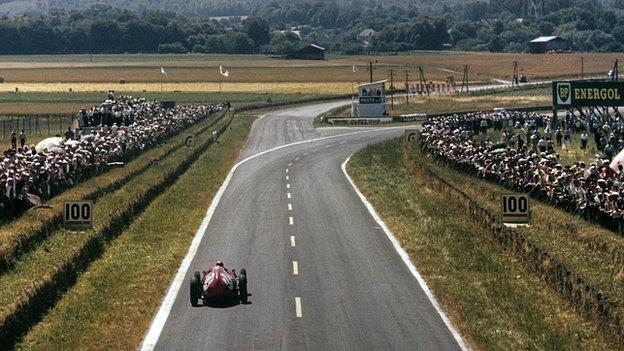
The ‘Racing Dentist’ hits the track
As a young man, Brooks appeared set to follow in his father’s footsteps by becoming a dental surgeon, but he would ultimately eschew his family trade after being drawn to motor racing, beginning in 1952 in club events at the wheel of his mother’s Healey Silverstone and progressing from there.
By October 1955, Brooks – still a dentistry student at Manchester University – was handed the unlikely opportunity of making his Formula 1 debut at that season’s non-championship race in Syracuse, Sicily.
Driving for the cash-strapped Connaught team, Brooks sprung an almighty surprise by coming home comfortably clear of the factory Maseratis of World Championship regulars Luigi Musso and Luigi Villoresi. It was the first international grand prix win by a British car since the 1924 San Sebastian race, and set Brooks on course for a more sustained tilt at the highest level of motorsport.
His first campaign, at the wheel of a BRM in 1956, was a brief one – just two races in total. But it was an education.
After failing to take the start at that season’s Monaco Grand Prix, his only other appearance – on home soil at Silverstone – ended when his throttle stuck open and he was flung from his car, sustaining a broken jaw.
Speaking to Motorsport magazine in 2003, Brooks described that year’s BRM as “lethal… if you tried to drift, it would just fly off the road”.
Of his Silverstone crash, he added drily: “Being that car, it just went completely out of control, spun into the bank, somersaulted and threw me out.
“Finally it landed upside down on the track again, and set itself on fire – the only thing it could reasonably do.”
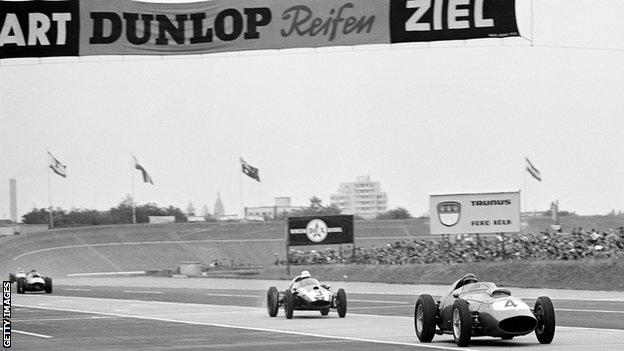
Mercifully, a move to Vanwall for 1957 was to prove a huge step forward, delivering a maiden World Championship podium first time out at Monaco, before he claimed his first official F1 win at the British Grand Prix, albeit in a shared effort with fellow Briton Moss. It was also the first time a British team had won a World Championship race – and on home soil to boot.
Shared wins are rare things in F1 terms – this was only the third and final time in would ever happen – but it was a welcome one for both men and no source of regret that the glory and points were shared.
For Brooks – replaced by Moss after 26 laps after his own car hit trouble – it was a blessing in disguise. He was racing on despite still nursing several injuries – among them “a hole in my thigh as big as a tennis ball” – after a big accident at the 24 Hours of Le Mans just weeks earlier.
“We decided to pull in poor Tony because he was still suffering from a shunt at Le Mans and was not in good shape at all. He was out on track and he saw that I had retired and was really relieved to give his car to me,” Moss would say in an interview years later.
“Sharing it with Tony Brooks, who was such a fantastic driver anyway, certainly didn’t take anything away from it.”
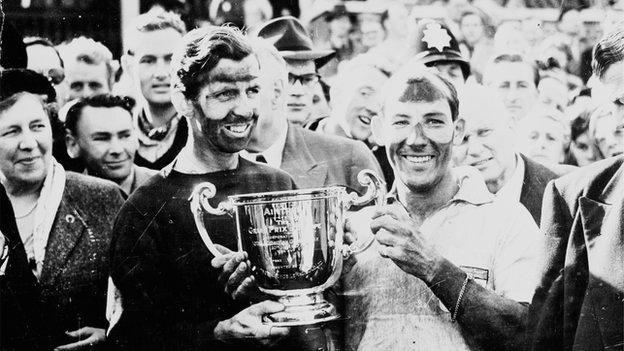
The next two years would see Brooks’ career peak – delivering five wins and two world title challenges that might so easily have gone in his favour had the cards fallen differently.
Hawthorn won just one race on his way to the title in 1958; Brooks won three. But a lack of reliability at other events meant he could only finish third in the standings (also behind Moss and ahead of Roy Salvadori and Peter Collins, as British drivers filled the top five places).
He went one better after moving to Ferrari in 1959, winning twice – in France and on F1’s sole outing at Avus for the German Grand Prix – on his way to finishing second in the championship, four points behind Australia’s Brabham.
Yet rather than this being the catalyst for greater things, Brooks was already considering life beyond Formula 1, the dangers being all too apparent. His crashes at Silverstone in 1956 and Le Mans in 1957 weighed heavily, and he was determined never to allow himself to be at the mercy of potentially unsafe machinery.
The fate of several of his peers also fuelled his desire to get out while he could.
In the space of just a few short months in 1958, Brooks experienced the loss of two compatriots in racing accidents – Peter Collins at August’s German Grand Prix and Stuart Lewis-Evans at the Moroccan Grand Prix in October. Italian driver Musso – famously beaten by Brooks at Syracuse three years earlier – was also killed in a crash at that year’s French Grand Prix.
Then, in January 1959, new world champion Hawthorn was killed in a road accident three months after retiring.
“It was a very, very dangerous sport,” Brooks told BBC South Today in 2012. “There were three to four top drivers being killed every year on average through the fifties, and I’d had a pretty good innings.
“Of course I would love to have the label ‘world champion’ but I don’t have any great regrets about it. There was only Fangio, Ascari and Moss who won more grands prix than I did in the 1950s.”
Despite toying with retirement at the end of 1959, Brooks raced on into the 1960s – but his moment at the sharp end of Formula 1 was over. He would be out of the sport before his 30th birthday.
Two more seasons delivered just a handful of points and 10th and 11th place in the standings, although he was at least able to bow out in a fitting manner – claiming a podium finish in his final race at the 1961 United States Grand Prix.
Modest and unassuming, Brooks’ departure from F1 was total. He instead diverted his attention to his family and running a successful car dealership in Surrey, and never raced again.
